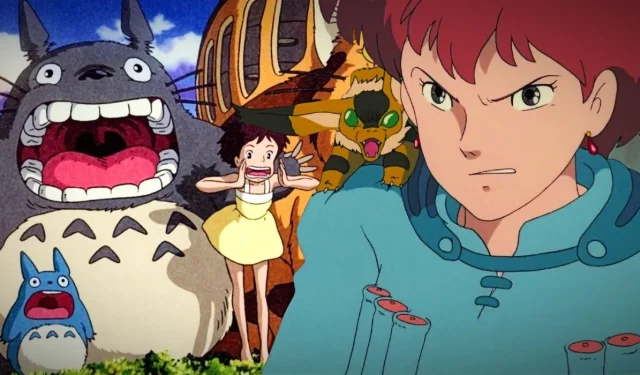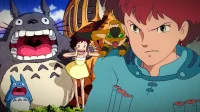Lawmakers in Japan are now exploring the potential for legal action against artificial intelligence (AI) art models that emulate distinct styles reminiscent of Studio Ghibli. This renowned animation studio has become a focal point in the ethical discourse surrounding AI-generated art, particularly with platforms like ChatGPT offering tools to create images inspired by Ghibli’s iconic visual style. As discussions about legality gain traction, politicians in Japan are beginning to express their concerns publicly, mirroring previous sentiments shared by independent animators.
A recent article from Sora News highlighted a cabinet meeting of the Japanese House of Representatives where Representative Masato Imai engaged with Hirohiko Nakahara, the Director for Education, Culture, Sports, Science, and Technology. Imai posed questions regarding the legality of AI-generated images inspired by Ghibli. He concluded his inquiry by stating, “The use of styles and ideas is legal, but if [an AI-generated image] were recognized as being ‘Ghibli itself,’ then that would be a violation of law.“
Understanding the Implications of the Lawmaker’s Remarks
The Legal Ramifications of AI Art
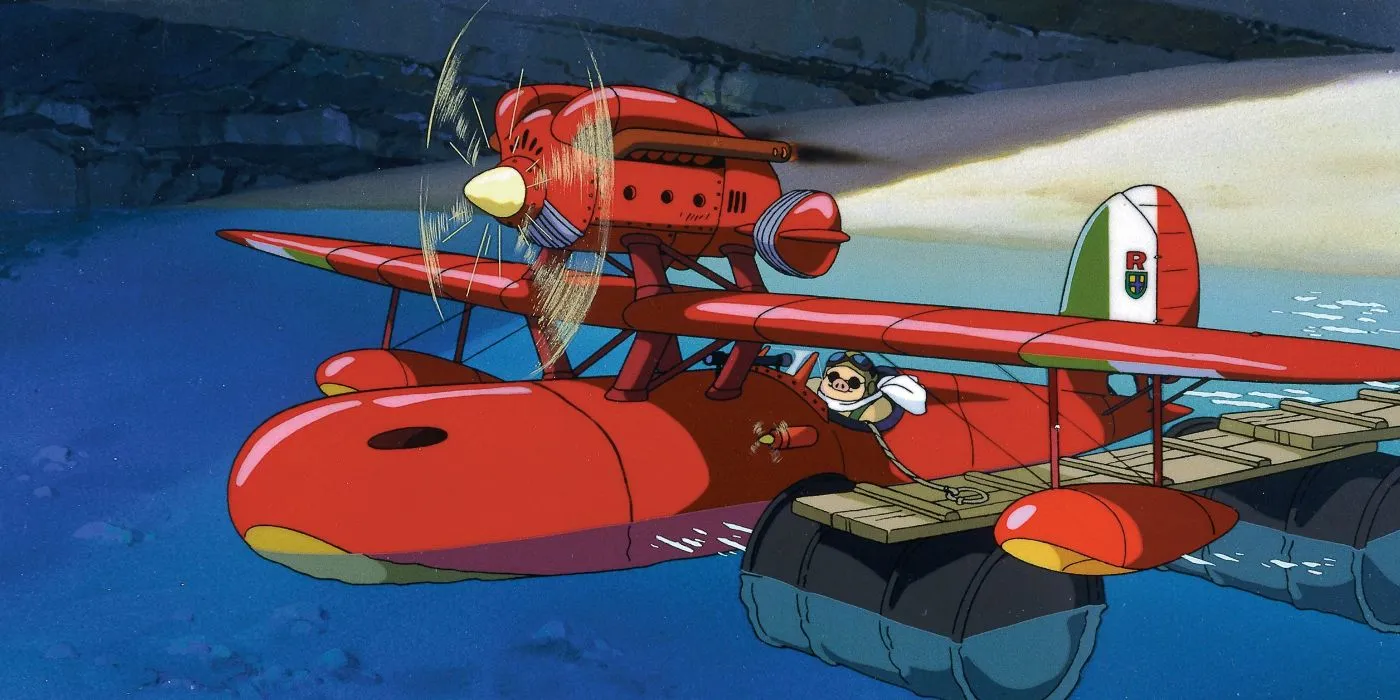
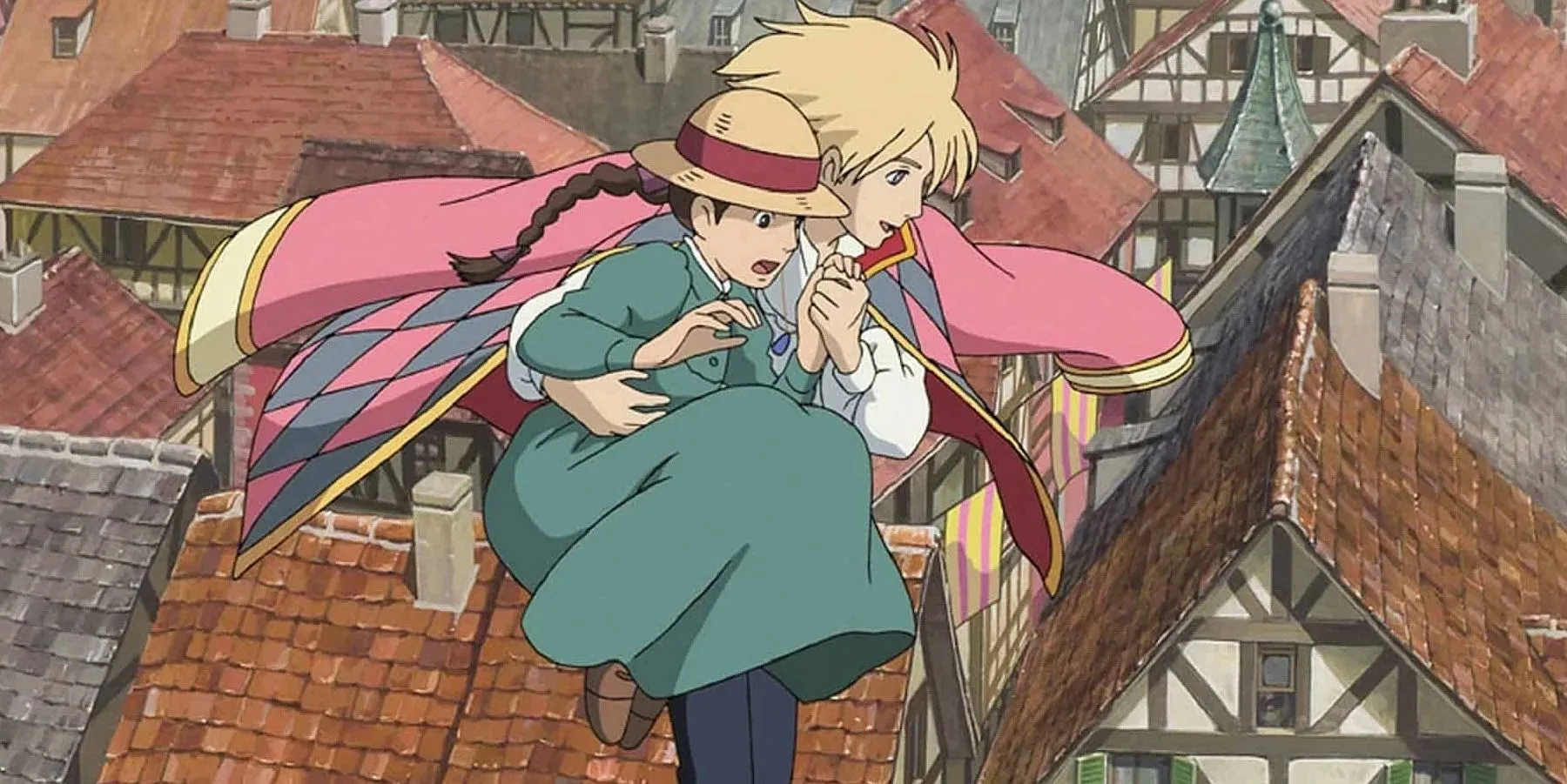
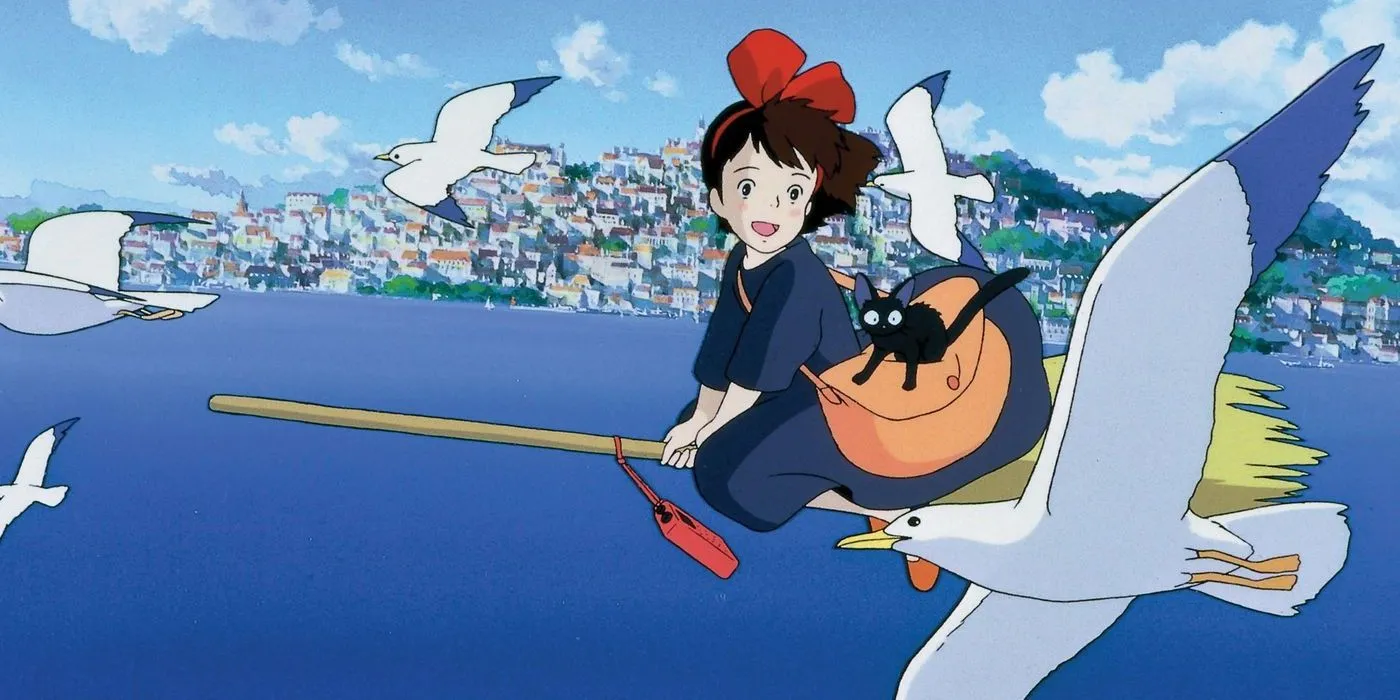
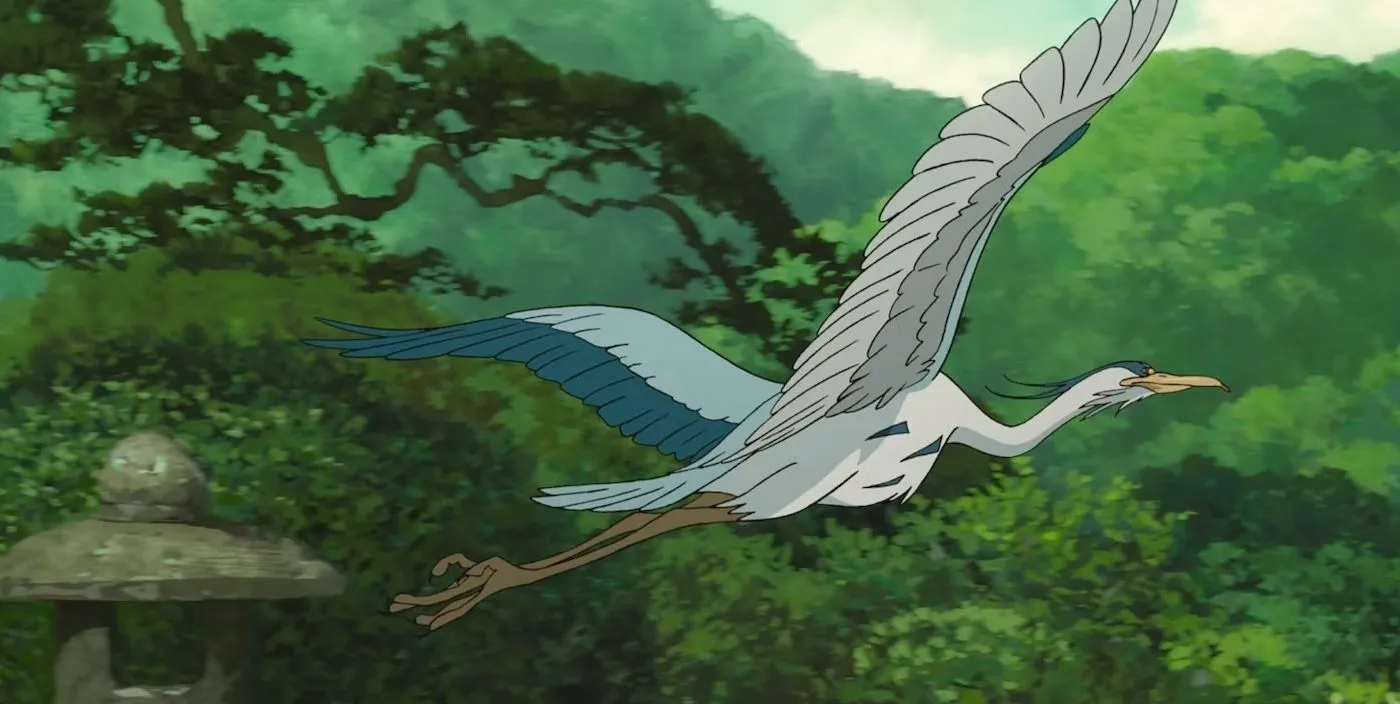
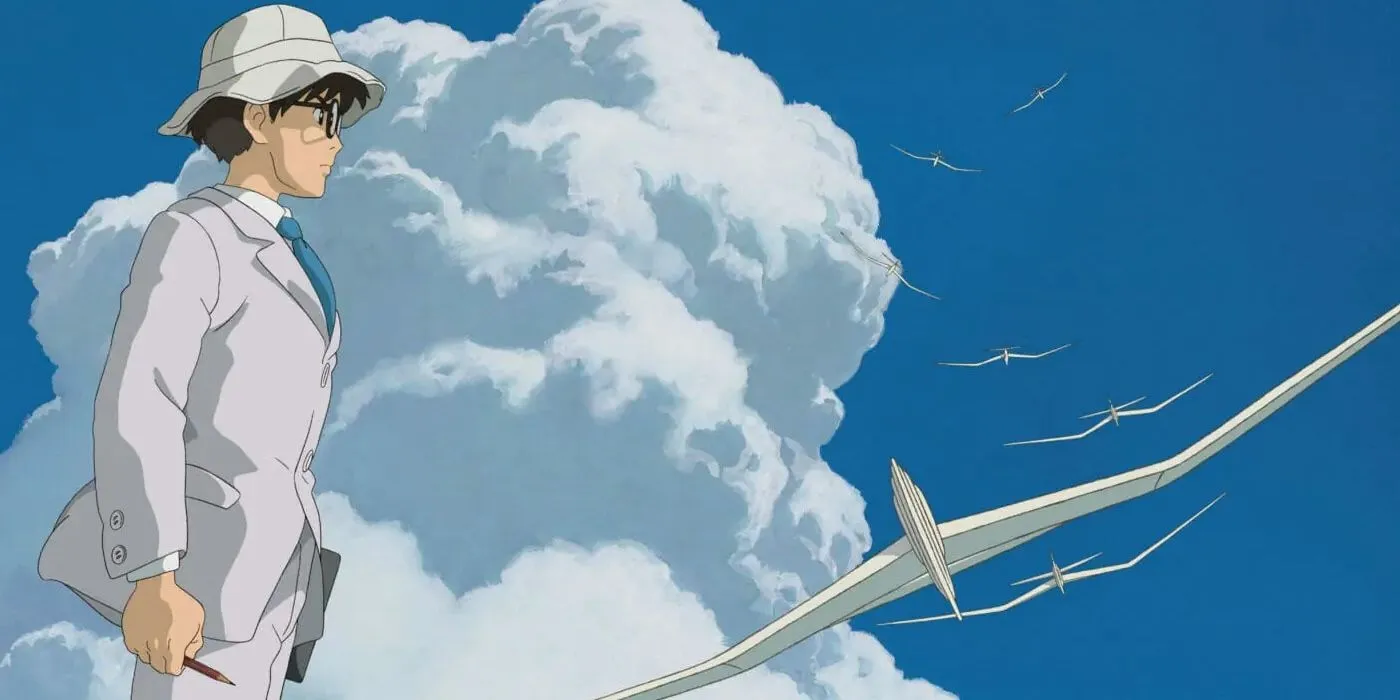
Imai’s inquiry, along with Nakahara’s responses, does not constitute a comprehensive legal stance against the proliferation of AI images inspired by Ghibli. However, it marks a significant first step in recognizing the need for clarity around AI’s legal status. The discussion indicates that government officials are conscious of these artistic developments and are beginning to assess their legal complexities. Ultimately, Nakahara noted that determining the legality of such AI art will likely fall to the court system.
Although Nakahara expressed uncertainty regarding the feasibility of a legal case by Ghibli, he acknowledged that if an AI-generated work closely resembles an existing copyrighted creation, it could be deemed a violation of copyright laws: “If AI-generated content is determined to be similar to or reliant on preexisting copyrighted works, then there is a possibility that it could constitute copyright infringement.”
Ghibli’s Response May Define the AI Art Landscape
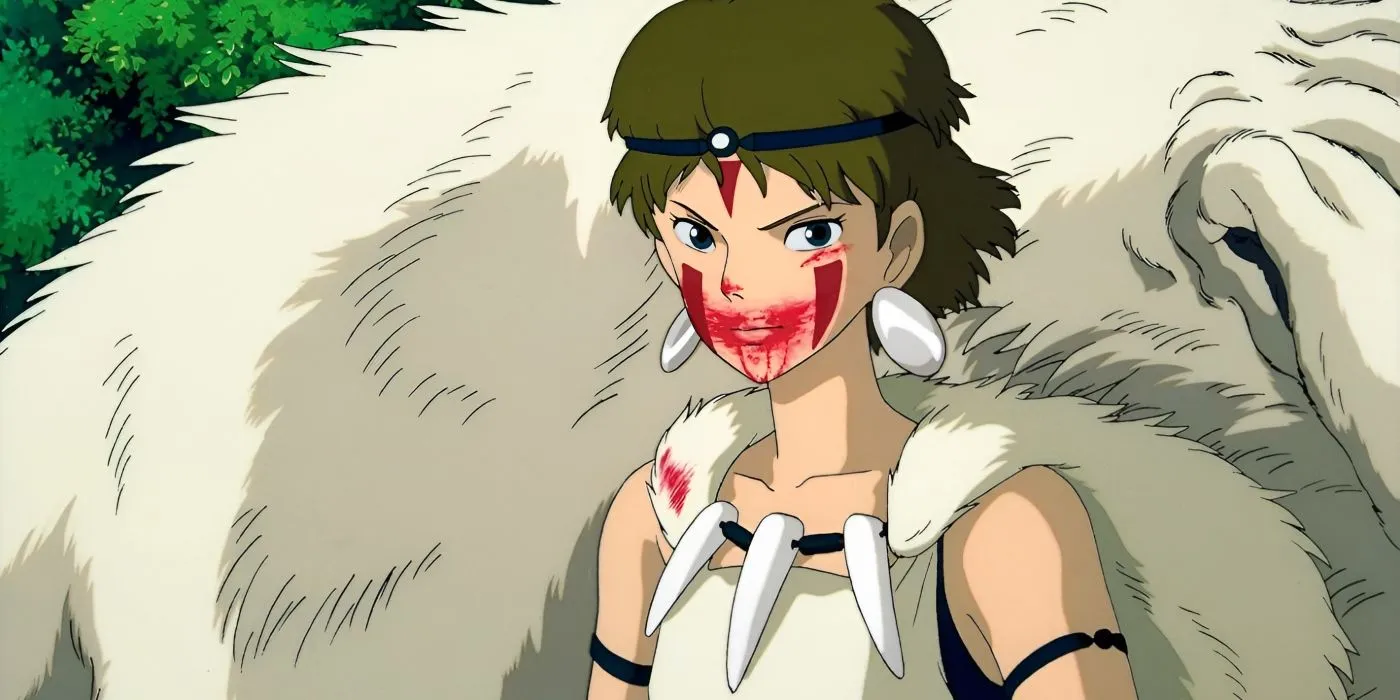
If Nakahara’s evaluation holds true, the responsibility for challenging AI-generated images inspired by Ghibli may ultimately rest on the studio itself. The surge in AI-generated Ghibli-style imagery is a recent phenomenon, making it difficult to predict the studio’s response. So far, Ghibli has not issued any public statements on this trending topic, leaving room for speculation about their official stance.
Notably, Ghibli films often promote reverence for nature and diligence—values that starkly contrast with the resource-intensive nature of AI technologies like ChatGPT. Despite the studio’s lack of formal commentary, indications suggest that the leadership, including Hayao Miyazaki, is not in favor of AI-generated content. Miyazaki has previously voiced concerns about whether AI signals a surrender of humanity’s creative spirit.
Should Ghibli decide to act legally against AI art, Nakahara made it clear that the studio’s chances of success are uncertain. In the broader context, the implications of AI art extend beyond Ghibli, as various anime directors have voiced their objections, signaling that the issue has the potential to impact the anime industry as a whole.
